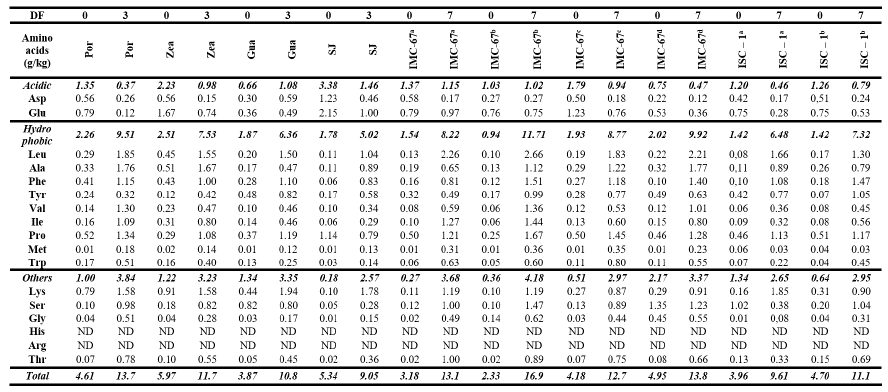

With this in mind, here's my two cents on the amino acids you mention: In such cases, the various scales of hydrophobicity will differ.įor these reasons, there is disagreement on whether some amino acids are polar/hydrophobic. For example, for two amino acids X and Y, we might find that X dissolves better in water than Y, so X appears more hydrophilic in this sense but at the same time, X could also partition better into a lipid bilayer, so in this sense X appears more hydrophobic than Y. But the results of such experiments don't always agree, and so amino acids which are borderline hydrophobic/hydrophilic can be difficult to classify. Hydrophobicity is related to polarity, but it is an experimentally measured quantity, usually determined by how an amino acid partitions between water and nonpolar solvents, or by observing how it orients in folded proteins (towards or against the water solvent). But then there are borderline cases like tyrosine that has both an aromatic ring and a hydroxy group. Instead, polarity is usually given by rules of thumb like "hydroxy groups are polar" and "aromatic rings are nonpolar. Larger amino acids side chains can wiggle quite a bit, and their dipole moment is difficult to define. The dipole moment is the usual measure of polarity, but this depends on the molecule's geometry, and consequently is only well-defined for small molecules that cannot "wiggle" around, such as water. Polarity is rather difficult to define for amino acids. I assume you are interested in the latter.

#Nonpolar hydrophobic amino acids with abbreviations free#
First, the polarity and hydrophobicity of the free amino acid is very different from that of the amino acid side chain in the context of a peptide (protein). The reason for the confusion is that are there several ways to define and measure polarity and hydrophobicity for amino acids. There is no broad consensus on whether cysteine and tyrosine should be considered hydrophobic or polar. TL/DR: these are borderline, complicated cases. Please help me to clear out the confusion, why the polarity and hydrophobicity of these amino acid are not agreed with each other? To summarize the result, I'll put them in the following table The article Cysteine states that Cysteine is polar and hydrophobic, AS WELL AS Tyrosine.
+Electrically+Charged+(positive).jpg)
The article Tyrosine supports Tyrosine is polar and hydrophilic. The article Proline supports Proline is nonpolar. I will list here several sources that state differently on the polarity and hydrophobicity of Proline and Tyrosine:įrom the article Amino Acid on Wikipedia, it states that Proline is a special case, Tyrosine is hydrophobic and Cysteine is also a special case.įrom Khan academy, it also states that Proline is polar, Tyrosine is nonpolar and Cysteine is polar.įrom Pearson Prentice Hall's Biological Science, it states that Proline is nonpolar, Tyrosine is polar and Cystein is polar.įrom BioNinja, it states that Proline is nonpolar, Tyrosine is polar and Cysteine is nonpolar.


 0 kommentar(er)
0 kommentar(er)
